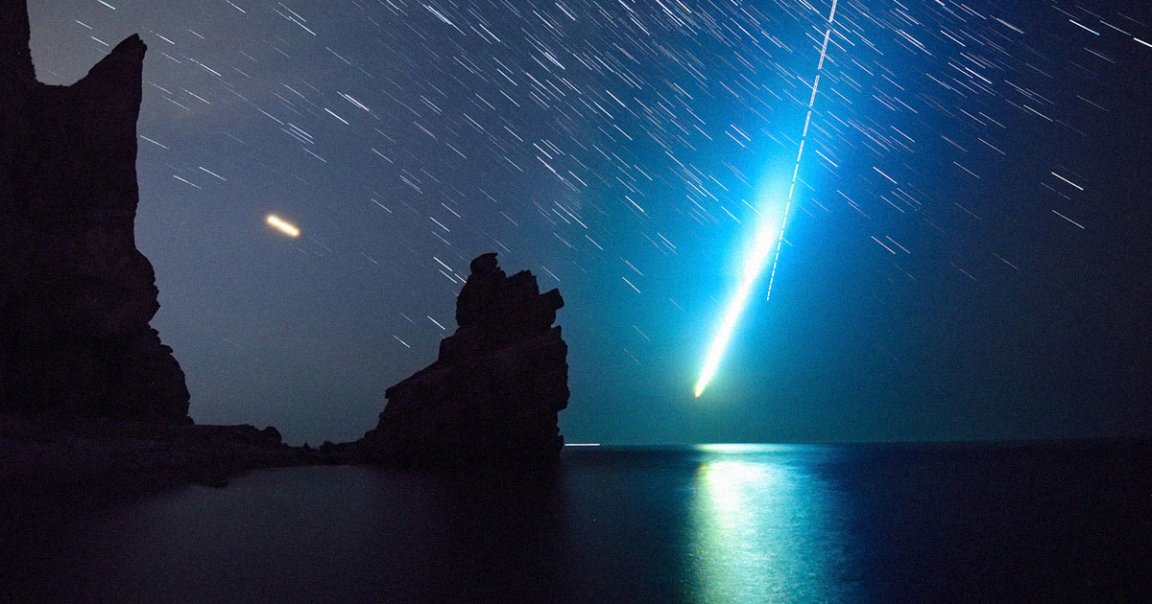
Large Leap
Harvard astronomer and noted UFO hunter Avi Loeb recently claimed that tiny spherules of mysterious alloys may be evidence of an interstellar object — and even possibly proof of the existence of an extraterrestrial civilization — that crash-landed in the Pacific Ocean back in 2014.
Loeb’s out-there theory has garnered plenty of media attention as of late — but not everybody is willingly subscribing to his theory.
In a piece for The Conversation last week, Open University planetary science professor Monica Grady threw cold water on Loeb’s claims, arguing that he’s making a “very large scientific leap from observing a fireball to claiming it is an alien spaceship.”
Grady argued that the tiny metal spheres Loeb and his team fished out of the ocean are most likely “terrestrial pollutants” and not proof that an interstellar civilization came by for a visit nine years ago.
Reality Check
Loeb, who has long made a name for himself by funding UFO research, has been scouring the floor of the Pacific Ocean with an “interstellar hook,” a tentacle-like contraption, to look for pieces of a meteor dubbed IM1 that is suspected to have come from interstellar space.
In a post on his personal blog last month, Loeb argued that recovered “metallic spherules” may represent technology from an alien civilization, no matter how far-fetched that may sound.
But Grady wasn’t satisfied with this theory.
“We have an abundance of interstellar material on Earth,” she wrote in her piece. “Some of it is almost certainly on the ocean floor, but not in the form collected by Loeb.”
This material is made up of “tiny diamonds or sapphires” shot into interstellar medium by evolving and exploding stars, which were “eventually carried to Earth in meteorites.”
Shaky Evidence
Loeb’s evidence that the spherules contain nickel, and therefore could have interstellar origins, is “shaky,” Grady argued. The presence of nickel “merely makes it more likely that they’re terrestrial pollutants.”
“The most convincing evidence would be to measure an age for the spherules greater than that of the Sun,” Grady wrote, “which would identify them as interstellar.”
“And that would be amazing, but it would not necessarily identify them as having an artificial, rather than natural origin,” she added. “I am not sure what evidence would be sufficiently convincing for this — maybe the autograph of the alien engineer who built the spacecraft?”
More on Loeb: Harvard Scientist Trawling Ocean Floor for Possible Alien Spacecraft